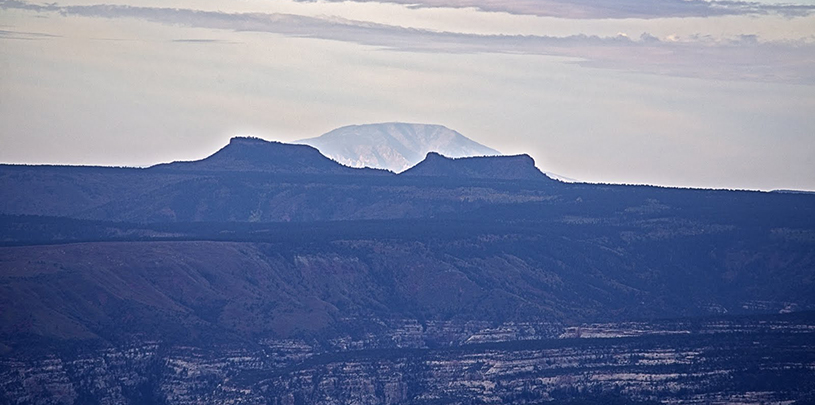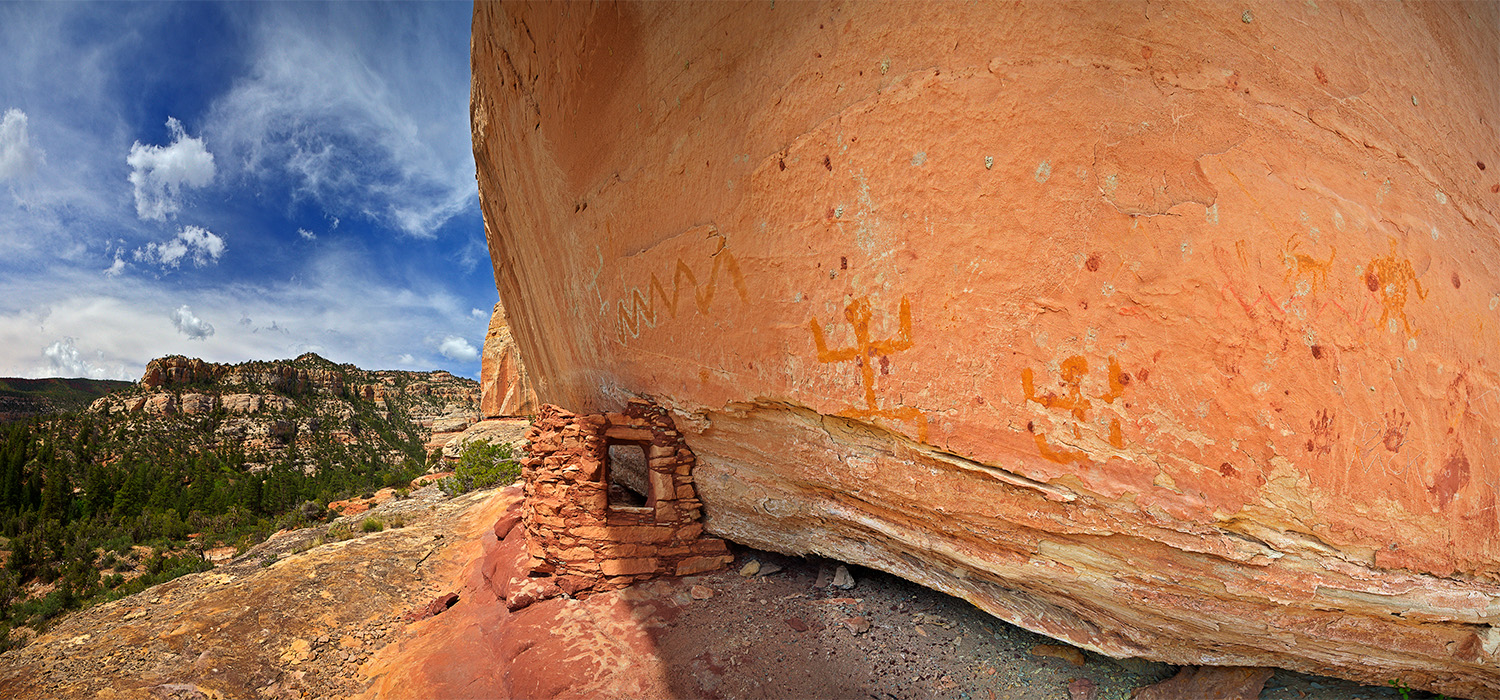
 by Tim Peterson, Utah Wildlands Director
by Tim Peterson, Utah Wildlands Director
As the inter-tribal coalition’s effort to protect 1.9 million acres of ancestral land gains momentum, those opposed to the proposed Bears Ears National Monument have been reduced to spreading misinformation and fear.
Opponents are building upon ugly prejudices that a national monument designation for Bears Ears will bring division, but we know Utahns to be reasonable people who can understand and work through differences of opinion.
Let’s examine some of the opposition’s talking points from recent news articles and public appearances, and attempt to set the record straight.
Locals and elected Navajo officials don’t support the monument.
Support for Bears Ears is strong, and it is unified:
The Bears Ears Inter-Tribal Coalition members come from outside the state of Utah and are outsiders.
The Bears Ears proposal originated with a local grassroots group of Utah Navajos and Utes, organized as Utah Diné Bikéyah.
When it became clear that Utah’s politicians were not listening to their concerns, these grassroots tribal members reached out to their own political leaders, as well as those from the Zuni and Hopi tribes, and came together to protect the Bears Ears as a unified coalition of tribes who share ancestry to the Bears Ears landscape.
The tribal governments responded and formed the inter-tribal coalition through a formal memorandum of understanding, and the five sovereign tribes—Hopi, Navajo, Uintah and Ouray Ute, Ute Mountain Ute, and Zuni—took over the leadership of the Bears Ears proposal.
Three of the five tribes have large land bases in Utah, and the Utah Division of State History has recognized both Hopi and Zuni ties to cultural sites in Utah. Native Americans trace their ancestry back to the Bears Ears region since before Utah was a state and the United States was a nation – since time immemorial.
The Obama administration is trying to stop all kinds of economic development and mining. A national monument would put us out of business.
The uranium mining boom in southeast Utah has long since passed, and oil and gas are not resources that exist in high quality or great quantity in Bears Ears.
Drilling for oil and gas in Bears Ears over the last 70 years has resulted in little but dry holes. For example, one well drilled atop Cedar Mesa in 2013 came up dry, leading the operators to lose their permit because they could not demonstrate a viable oil resource. In addition, the Bears Ears Inter-Tribal Coalition’s proposal does not invalidate existing mineral leases, though it would prohibit new leasing.
Southeast Utahns now rely on tourism and recreation as the primary drivers of their economy. Moab, just to the north, is overflowing with tourists who come from around the world to visit nearby national parks. But towns near Bears Ears are empty by comparison. Isn’t it time to start building a sustainable economic future for local residents? A Bears Ears National Monument offers just that opportunity.
Simply put, Bears Ears is worth more than oil, potash, or uranium. Cultural resources such as prehistoric villages, ancient roads, cliff dwellings, masonry towers, and rock art are plentiful here where oil and gas are not. Once disturbed or destroyed, these sites cannot be replaced.
National monuments have been terrible for Native Americans.
Bears Ears opponents look to Canyon De Chelly and say that people have been pushed off the land, suggesting that a monument designation in Bears Ears would “lock out” Native Americans and restrict their access and activities.
But much has changed in America since Congress authorized President Hoover to create the Canyon De Chelly National Monument in 1931. Congress passed the American Indian Religious Freedom and Restoration Act in 1978 and the Native American Graves Protection and Repatriation Act in 1990. Along with other laws and executive orders, federal laws now assure that the mistakes made at Canyon De Chelly won’t be repeated.
Native American interests have been respected in recent national monument proclamations as well. President Obama has honored Native American rights, and even built in specific provisions for Native American access and spiritual use in places like Chimney Rock National Monument, designated in 2012. To say that Native Americans will be restricted from accessing, performing ceremonies, or hunting and gathering food and medicines in a Bears Ears National Monument is simply false. As Zuni Tribal Councilman Carleton Bowekaty said in a recent radio interview, “To suggest we, as tribes, are pushing forward an initiative that would keep our people out of the Bears Ears is just preposterous.”
To create a new monument out of Bears Ears would be almost un-American. The debate over public lands is already heated and antagonistic. Bears Ears National Monument is just going to add kerosene to the fire.
Public lands are for all Americans, and they represent our shared heritage as a nation. A new national monument for Bears Ears will bring all people together to study and appreciate the spectacular scenery and the vibrant living cultures of Native Americans. Elected officials should be working to help their constituents, not fanning the flames.
The dishonesty of Bears Ears opponents continues a long and troubling trend of discrimination in San Juan County and in Utah, where Native Americans have had to take to the courts to resolve civil rights issues like voting rights and school district boundaries. But Native Americans are winning these battles.
Bear Ears is about hope for all – for the land, for Native and non-native people, and for the future. A Bears Ears National Monument is worth supporting, and we hope you will join us in supporting the tribes.

Cultural landscapes are full of stories, artifacts, and resources to appreciate. Here's how ›
80% of Arizona voters support Baaj Nwaavjo I'tah Kukveni National Monument, according to a new poll.
Read MoreUtah voters strongly support national monuments in general, and Bears Ears and Grand Staircase-Escalante in particular, a new poll shows.
Read MoreA small victory in the legal case challenging Daneros uranium mine, near Bears Ears National Monument.
Read More